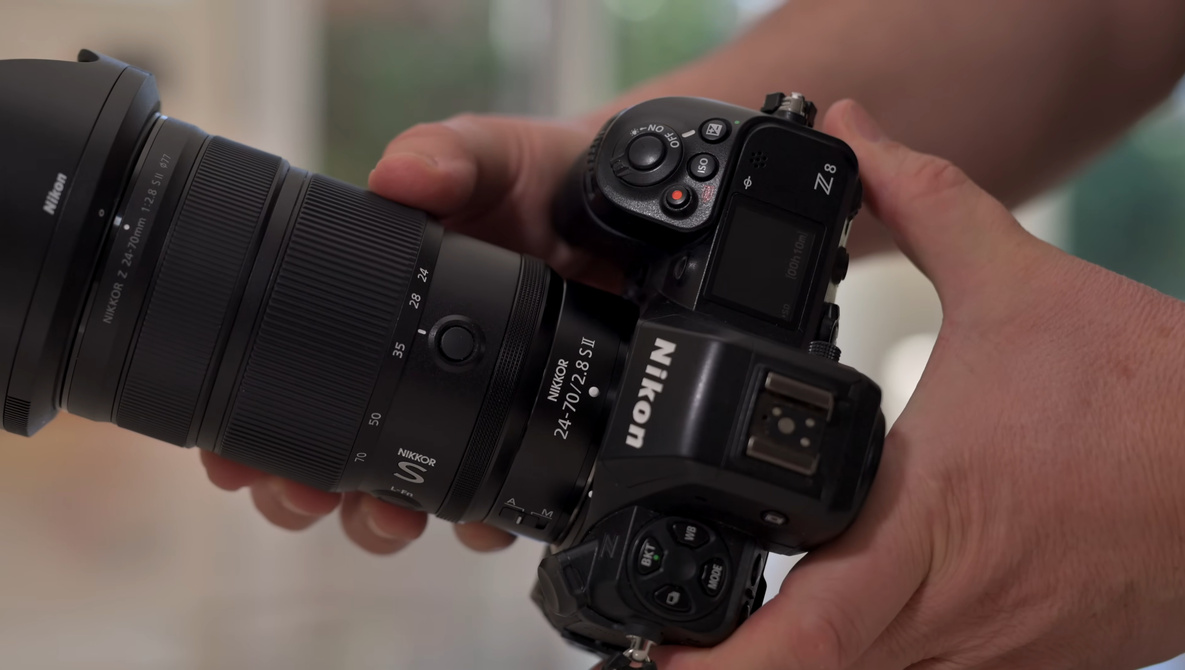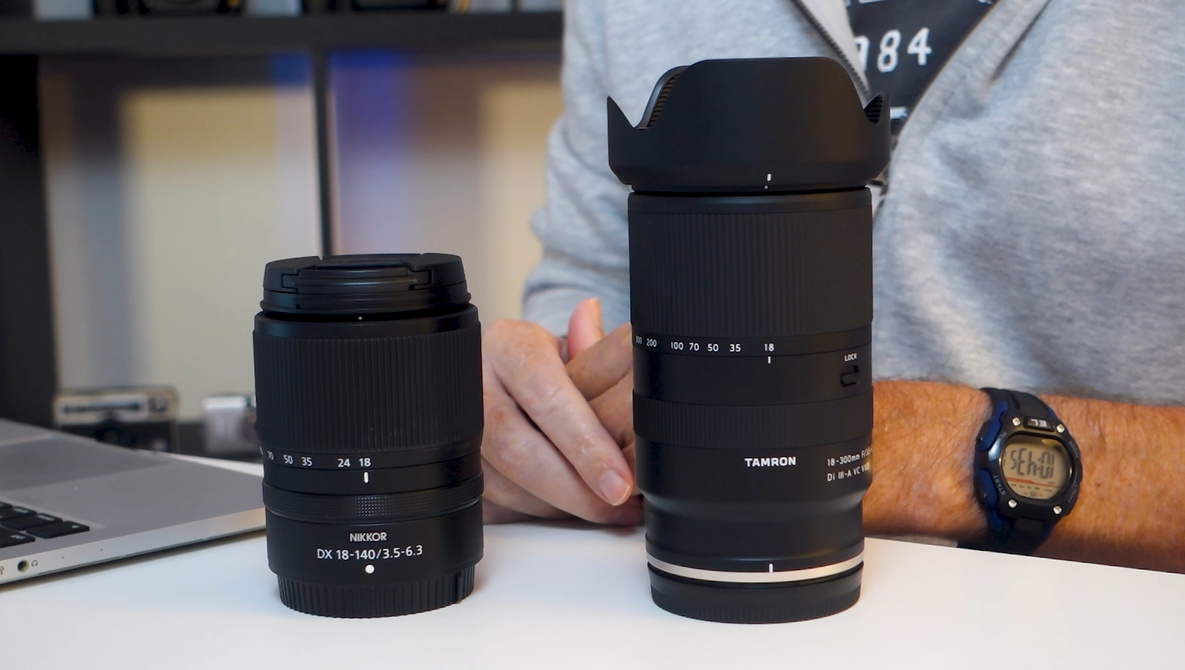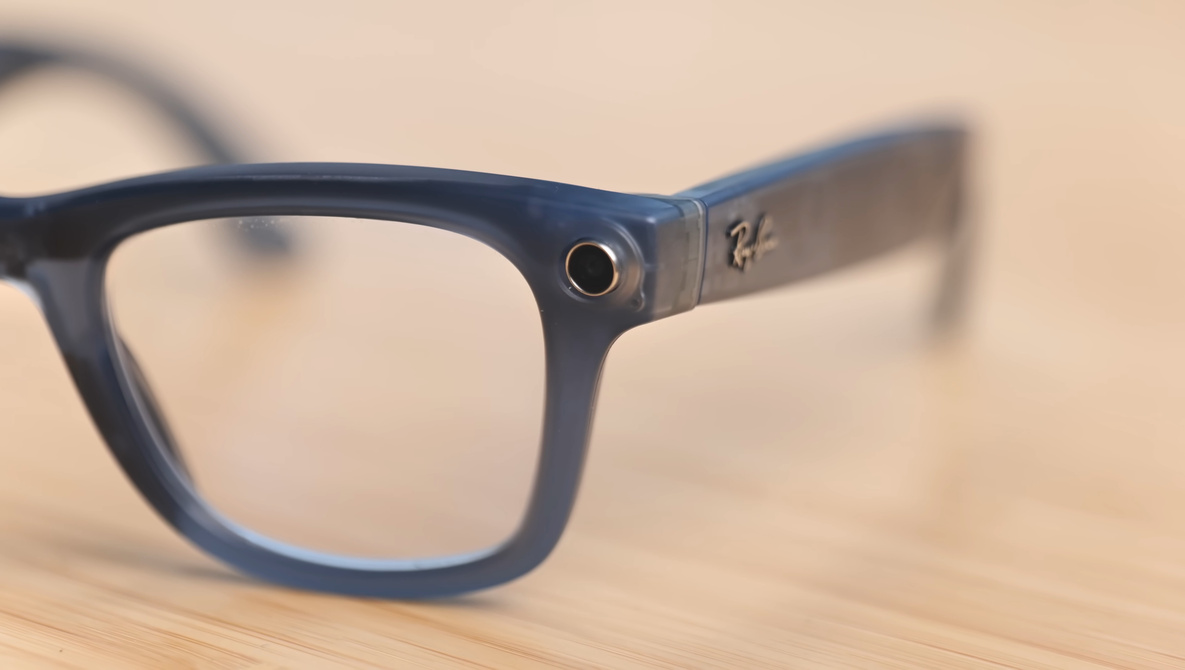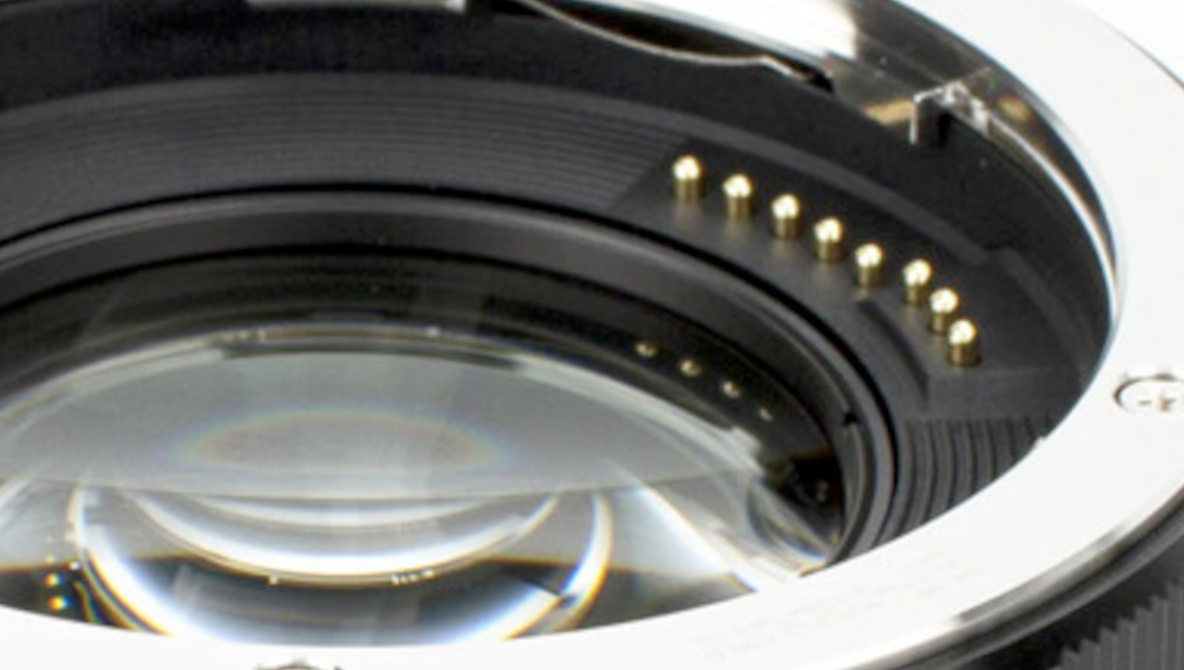Articles

Is that old compact camera worth it? Here's what to watch out for
DPReview News |
| Image: Canon |
Retro compact cameras are a hot ticket item at the moment. Some of these pocketable devices have gone viral on social media, driving up interest and demand, leading to steep prices. Many used to sell for $5 at garage sales, but now have seen prices of $500 or more on the secondhand market. While they have their appeal, most retro point-and-shoots are running on borrowed time.
Cameras have limited lifespans
Every electronic device has a limited lifespan, and cameras are no different. Electronic components do eventually fail. Capacitors, flexible flat cables and LCD screens are common points of failure on compact cameras. The LCD may go dim, lose segments or flat out stop working. Flex cables like those used for moving lens assemblies can crack and disconnect. Additionally, moving components like sliding lens covers, pop-up flashes, or even shutter buttons can all develop issues and break with repeated use.
Most compact cameras were designed to last between 3 and 7 years. Some are able to reach 10 years with gentle use. The issue here is that many of the popular models came out in the early 2000s or 2010s, meaning they are now well beyond their expected service life. Making matters worse, if you're buying a used camera on eBay, you have no clue how it was handled before you get your hands on it. It may not have had the careful treatment that would allow it to have a longer lifespan.
Many compacts aren't repairable
 |
| Photo: vavlt / iStock / Getty Images Plus via Getty Images |
You may think that a broken camera is just something that could be repaired. Unfortunately, it's rare for manufacturers to provide service or spare parts for devices that are more than 5 to 10 years old (and that's even assuming the company that made the camera is still around). That's even more true for consumer-level devices like point-and-shoot cameras. That means you can't send the camera to the brand for repairs, and repair businesses won't have spare parts.
Beyond being outside their service window, compact cameras are, as the name suggests, designed to be very small. To do that, companies created densely packed and non-modular builds. Replacing an LCD screen, then, isn't as simple as just popping the old one off and replacing it. It generally involves a complete disassembly. Such a repair job requires highly specialized skills, lots of time and parts that were not meant to be serviced by a consumer or general repair tech.
As an example, I was at a local camera repair shop recently and saw someone bring in two point-and-shoots that weren't working. One would turn on but the LCD didn't work, and the other wouldn't turn on despite the person replacing the AA batteries. The repair tech looked at both cameras, but pretty quickly said that they weren't repairable and were essentially paperweights. Once the customer left, they told me that people looking for compact camera repairs is a very common occurrence these days, but that most of the time, they can't be fixed.
Don't forget obsolete accessories
 |
| Older memory cards, like the MMC on the left, can be hard to find. Image: Multicherry, CC BY-SA 4.0, via Wikimedia Commons |
Even if you picked up a camera in fantastic working order, you also need to consider that some accessories may be obsolete. For example, some older point-and-shoots may use obscure memory card formats that are difficult or impossible to find. Finding a card reader for them could be just as tough. Likewise, it may be challenging or impossible to source batteries or battery chargers.
Without those items, your camera won't be functional. As a result, it's important to look at what batteries, chargers, memory cards or other accessories are necessary to use the camera.
Keep in mind longevity when buying
Old compact cameras can be a nice change of pace from today's highly technical and precise cameras or the overly processed images from smartphones. However, they can also be a risky purchase for the above reasons. If you're picking one up for $5 to $20, that's a lot different than $500, of course. But you may not want to pay a significant bit of money for a device that is already long past its predicted lifespan and could be nothing more than an artifact in a short amount of time.



















